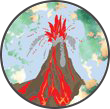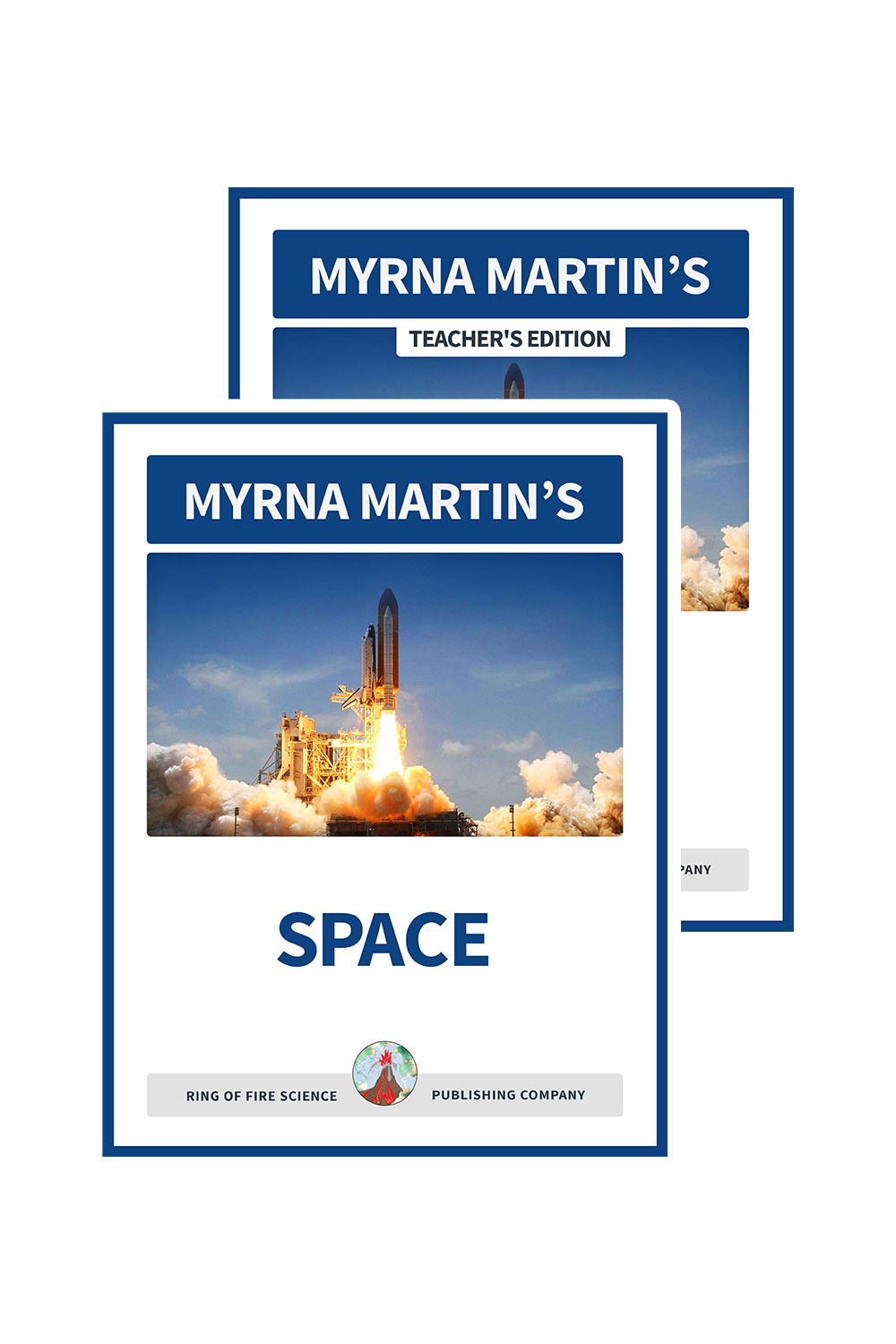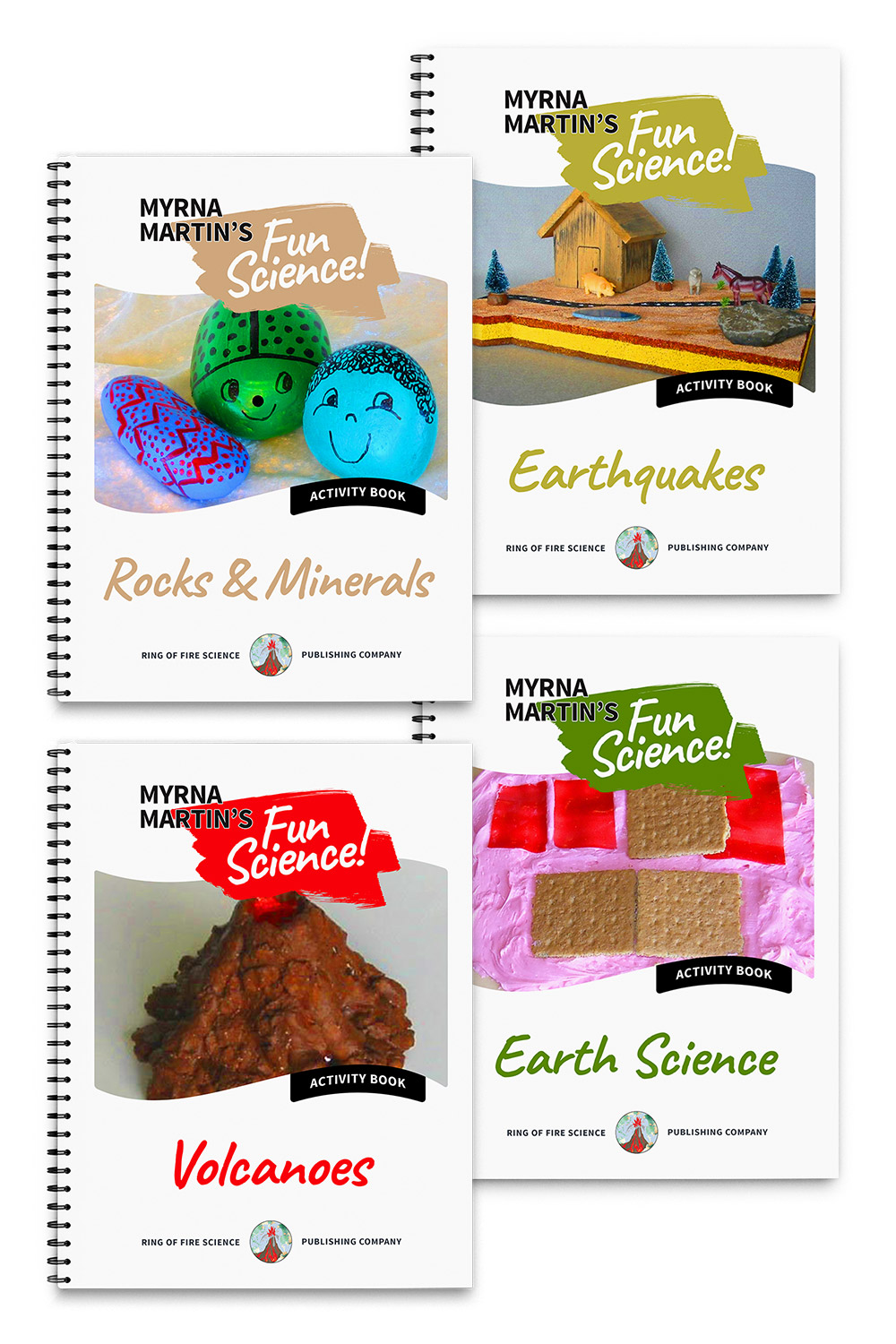Yellowstone Caldera
Yellowstone caldera eruption huge
Yellowstone Caldera eruption 1000 time larger than Mt. St. Helens eruption
The Yellowstone Caldera is located in Yellowstone Park. The eruption that formed the caldera was approximately 1000 times larger than the 1980 Mount Saint Helens eruption.

Tuff Cliff at Yellowstone Park, USGS
Lava Creek Tuff formation
Ground hugging pyroclastic flows swept out of the volcano covering 3000 square miles with hot volcanic ash, pumice and gases. The eruption covered most of North America with a layer of ash.
Eruption material could have covered Wyoming
Enough material flowed out of the volcano during the eruption to cover Wyoming with a layer of ash 13 feet thick. The solidified rocks from the eruption formed the Lava Creek Tuff in Yellowstone Park and surrounding area.
Formation of the caldera
The caldera, which is 28 x 53 miles across, formed when the roof over the magma chamber collapsed. A stationary hot spot beneath the area feeds molten rock into the magma chamber under the caldera.
Supervolcano calderas can inflate and deflate
Supervolcano calderas, like Yellowstone, can inflate and deflate as magma, molten rock, moves around in the magma chamber. Movement of molten rock beneath the area generates approximately 1000 to 2000 small earthquakes each year.
Greatest danger at the park
Scientists studying Yellowstone area suspect that in the immediate future the greatest danger at the park is from hydrothermal explosions. In the past over 20 large craters have been created by hydrothermal activity including Mary Bay, Turbid Lake and Indian Pond.
Earthquakes are suspected to have caused giant waves in Yellowstone Lake that led to a hydrothermal explosion that formed Mary Bay in the center of Yellowstone Caldera.
Hydrothermal activity and distant earthquakes
Earthquakes from great distances can cause changes in hydrothermal activity at Yellowstone. The 1992 7.3 earthquake in the Mohave Desert in California and the 2002 7.9 Denali fault earthquake in Alaska affected Yellowstone.
Both of these distant earthquakes caused changes in some of the geysers and hot springs for several months after the quakes struck the area.
More Volcano Links
Yellowstone Caldera The Yellowstone Caldera is the location of three supervolcano eruptions.
Iceland Volcanoes Find out more about Grimsvotn volcano, Hekla volcano and Katla volcano which are the most dangerous volcanoes on Iceland.
Composite Volcano Composite volcanoes are volcanic mountains that form on the continental side of subduction zones.
Super Volcanoes Super volcanoes are places where massive volcanic eruptions occur. These eruptions can alter the weather and cause mini ice ages.
Dome Volcano A lava dome is small and often forms inside the caldera of a stratovolcano.
Volcano Facts Find out lots of fascinating facts and trivia about volcanoes on this webpage.
Home Page The Science Site contains information on our planet, volcanoes, science projects, earthquakes and much more.
Kids Fun sCIENCE bOOKSTORE
Check out Myrna Martin's award winning textbooks, e-books, videos and rock sets. The Kids Fun Science Bookstore covers a wide range of earth science topics. Click here to browse.
Sign up to our monthly newsletter and receive our FREE eBook containing 3 fun activities that don’t appear in any of our other books!
The Kids Fun Science monthly newsletter will include the following: current events, weird and fantastic facts, a question of the month, science trivia and the latest new content from our website.
We respect your privacy and you can be assured that we will never share your email address or use it for any other purpose than to send you our newsletter.









